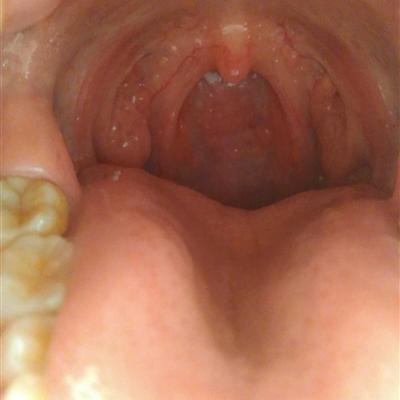Is amniotic band syndrome hereditary?
summary
There are many names of amniotic band syndrome, such as congenital annular adhesions, arachnoid syndrome and so on. It refers to the rupture of partial amniotic membrane to produce fiber bundles or fiber sheaths, which makes the embryo or fetus adhere to the amniotic band, bind, compress and entangle the fetus, and makes the fetal organs split or develop abnormally. The common sites of involvement are the head, trunk and limbs. There are many kinds of deformities, from small deformities of hand, foot or finger (toe) to multiple complex deformities of the whole body.
Is amniotic band syndrome hereditary?
In the early stage of pregnancy, the amniotic membrane is ruptured and the chorionic membrane is intact. The fetus reaches the chorionic cavity through the rupture of amniotic membrane. Due to the good permeability of chorionic membrane, amniotic fluid extravasation and transient oligohydramnios, the fetus is close to the chorionic membrane. Chorionic tissue has the ability to proliferate and infiltrate. After contacting with various fetal tissues, chorionic tissue will be destroyed, and then the corresponding deformities will appear.

Although amniotic band syndrome is related to amniotic band, no direct evidence of amputation or deformity caused by amniotic band has been found, so some scholars believe that the root cause of amniotic band syndrome is the abnormality of genetic material, that is, the theory of lack of genetic material.

Amniotic band syndrome is often associated with complex visceral malformations, which are difficult to be explained by the theory of amniotic membrane rupture. In rats without rupture of amniotic membrane, the animal model of amniotic band syndrome can be established by using vasoactive substances.

matters needing attention
Premarital physical examination plays a positive role in the prevention of birth defects. The role depends on the examination items and contents, mainly including general physical examination (such as blood pressure, electrocardiogram), family history of disease, personal history, serological examination (such as hepatitis B virus, Treponema pallidum, HIV), reproductive system examination (such as screening cervicitis), etc.













